The Independence Day movie has remained the model for cinematic depiction of the alien invasion of Earth for decades. And this despite the presence of an incredible amount of engineering science nonsense in it. On the U.S. Independence Day, we decided to remind you what the problem is there.
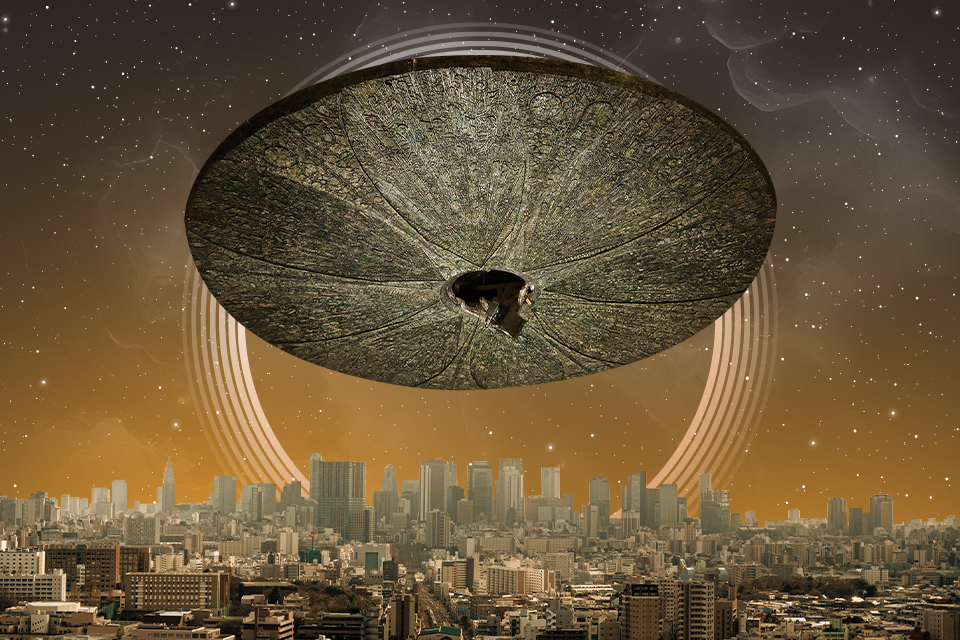
Independence Day movie
On July 2, 1996, two days before the US Independence Day, a movie with the same name was released. It made a lot of noise in the world and no wonder. Because on July 2, aliens arrive from outer space, whose giant ships hover over all the major cities of the planet, and near the Moon hides the main base with a diameter of 550 km.
Not long after, the aliens start destroying cities, and the Earth Defense Force confronts them and fails as the enemies are protected by an unknown field. However, thanks to capturing one of the enemy fighters and cracking the aliens’ code, the humans have a chance.
The heroes fly to the enemies’ lead ship, where they connect to the system and deactivate the transmission that maintains the defense field on all alien ships. They also explode it with an atomic bomb. The final battle begins, with the Earthlings fighting for their lives and independence.

All this plot was not new even then. And later it became the standard for many other alien movies. They absolutely must have lots of giant ships hovering just above the cities and they must destroy each and every human being, all from a minimal distance and all for our resources. Let’s figure out what’s wrong with this story.
Space nomads
According to the plot of Independence Day, an insect-like race of aliens are space nomads. They have no world of their own and like a swarm of locusts wander from star to star, “devouring” everything in their path.
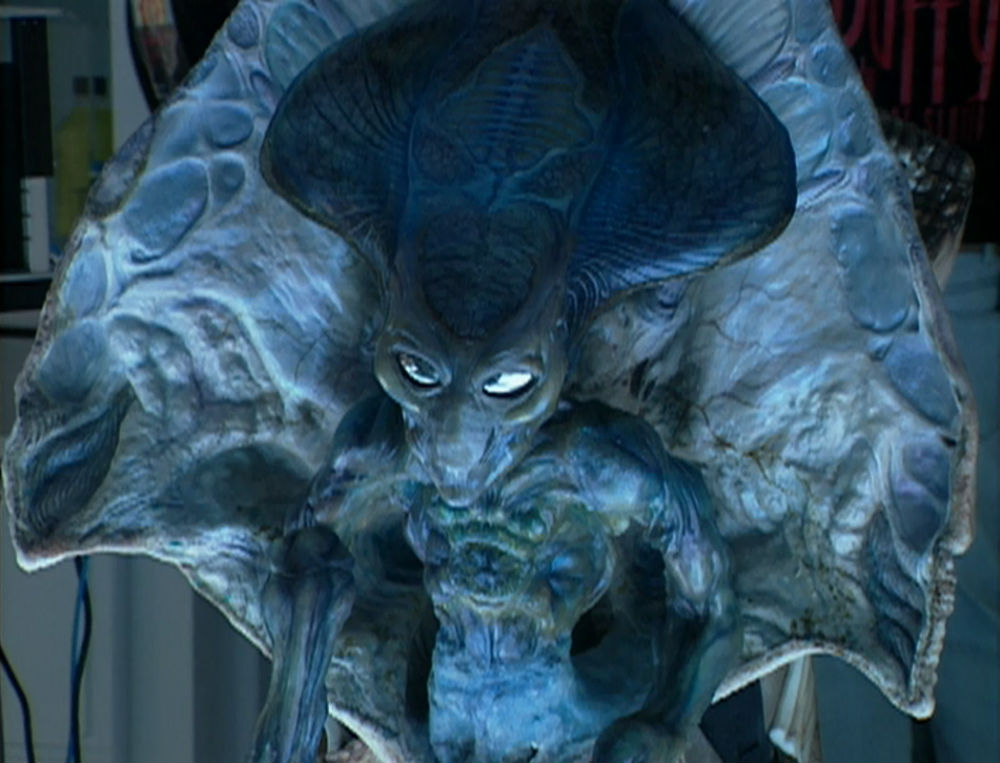
This is actually a very good idea to explain such a not-so-logical thing as interstellar warfare. It really doesn’t make sense for those who constantly wander between stars to count the cost of flying military spaceships to their destination. By the way, their colonial insect biology is very much in harmony with this.
However, this doesn’t mean that attacks on intelligent beings on their home planets should be the foundation of their survival strategy. The point is that the depths of space are already full of resources that aliens need. Material for ship bodies can easily be found on metallic asteroids, water and organic matter can be found on the icy moons of giant planets. Almost the entire periodic table of elements is there without needing to fight the gravity of big rocky planets, their unfriendly microorganisms and even less friendly intelligent life.
Therefore, it is impossible to explain from an economic point of view why the aliens among all the systems in the neighborhood chose the only one where their ships can at least theoretically successfully attack. After all, there are also people on Earth who put the ability to defeat an imaginary or real enemy above profit.
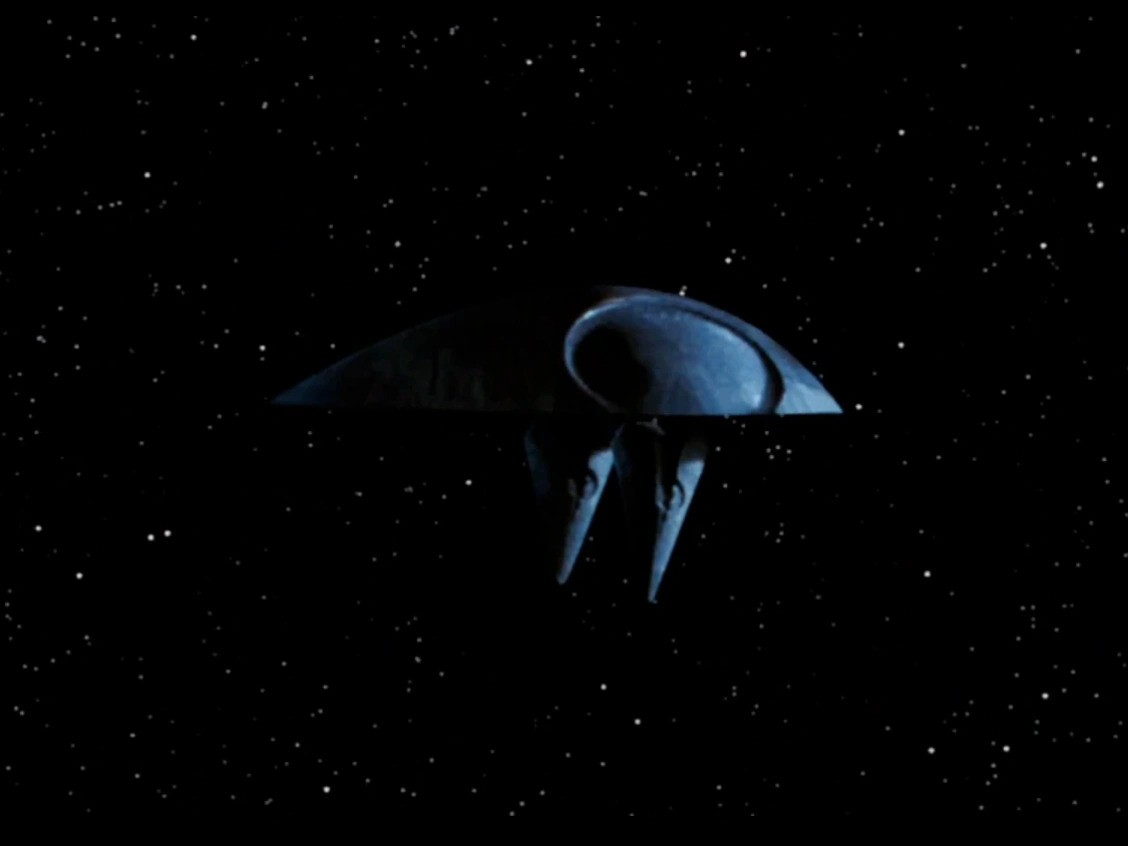
Attack on Earth
The movie shows the alien invasion in the following way. First, the systems around are explored by scouts and ships, which, if necessary, kidnap members of the local intelligent species and study them, looking for weaknesses. Then, a few decades later, a giant hive ship arrives in the system, which starts destroying the potentially hostile civilization in the first place.
And this is where the makers of Independence Day, as well as the authors of many other movies, failed logic. It makes sense to research the biology of the creature you are about to destroy only if you plan to get into ground combat with it.
It is much more natural to use bombing for a race that lives in space and wants to destroy its neighbors on the surface of the planet. To do this, it is possible to just slightly change the orbits of a dozen asteroids at once and the enemy civilization will lie in ruins even before it realizes that there are unfriendly neighbors. Because space locust ships don’t need to approach the Earth to the detection distance for this purpose.
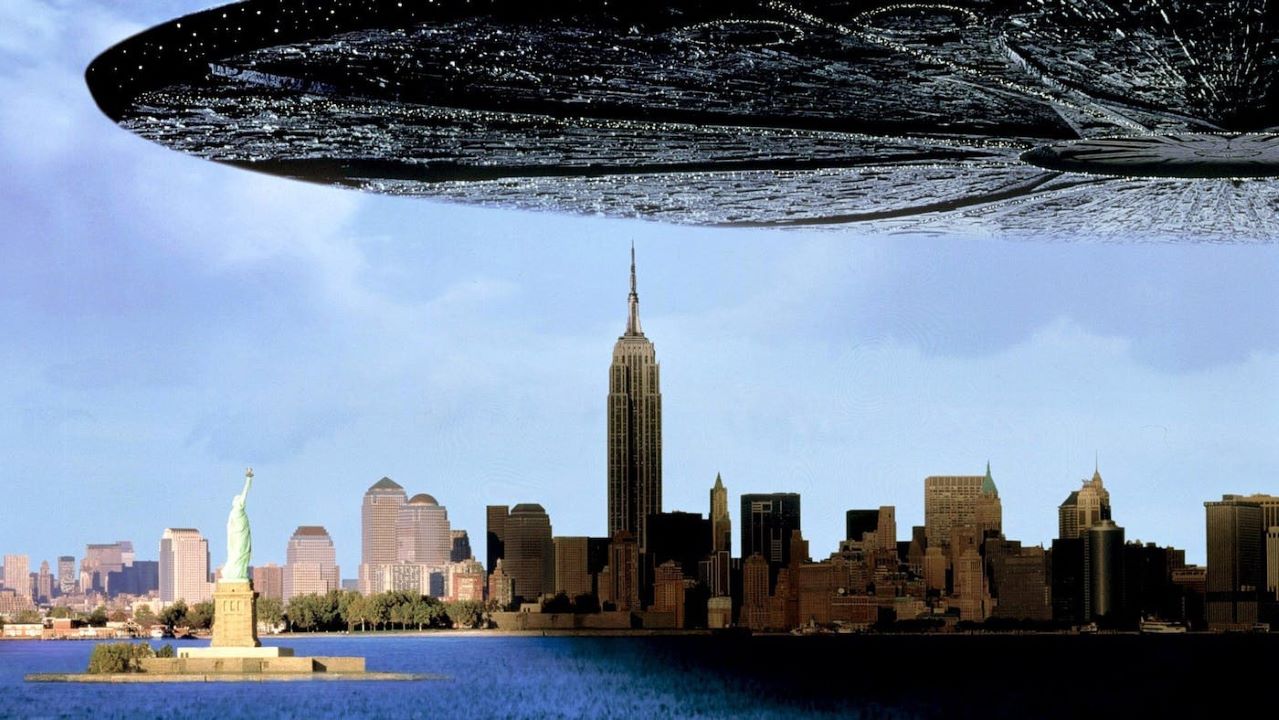
By the way, the very first frames of the movie make us ask an uncomfortable question for its creators. The main “hive” of aliens is 550 kilometers in diameter. How could it have been undetected long before it was at the distance of the moon? After all, modern telescopes can see much smaller objects at distances measured in astronomical units. And if it follows the physics we’re used to, it should have been flying through the Solar System in deceleration mode for weeks or even months.
If it has some kind of faster-than-light technology, and it just appeared in our orbit, why didn’t it happen decades earlier? However, all of this is of no importance, because next the story begins with the positioning of multi-kilometer ships over the cities of Earth.
Why the aliens position them over mass concentrations of the enemy hours before the attack is completely incomprehensible. The offer to surrender, for which it would make sense to do so, is never given out anyway. Even with a protective field, it’s still an unnecessary risk.

Why do they need to start destroying Earth cities on command, and why can’t it be done from a few dozen kilometers up? After all, their plasma weapons have a power comparable to nuclear weapons and the fact that the shot is made at point-blank range, it doesn’t make much difference.
Alien computer networks
In the Independence Day movie, the aliens use Earth’s satellites to relay their own signals to the ships on the other side of the Earth from their hive.
At first glance, this may seem like a reasonable step. But only if you think like an inhabitant of the planet, for whom its launch is an extraordinary achievement. However, for the space dwellers, nothing is easier than an orbital repeater. Actually every one of their fighters can fulfill this task. So in a real invasion with the task of simply exterminating all of us, we are unlikely to see such a thing.
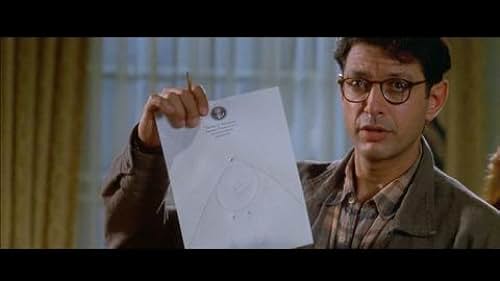
Therefore, the main plot twist of figuring out the aliens’ code and creating a computer virus to destroy their system seems like pure fantasy. The combination of non-standard modulation (i.e., superimposing a signal with the actual information on the carrier signal) with a non-human coding system for a digital message makes the task of decrypting it so difficult that it is definitely not something that can be handled in a few days.
As for the actual virus to damage the enemy system, the packets of data transmitted are not enough to create it. It’s also necessary to understand how the server you have to destroy is organized. That is, the heroes would have had to get into the hive’s control system back on Earth. But then their whole heroic flight would have made no sense.
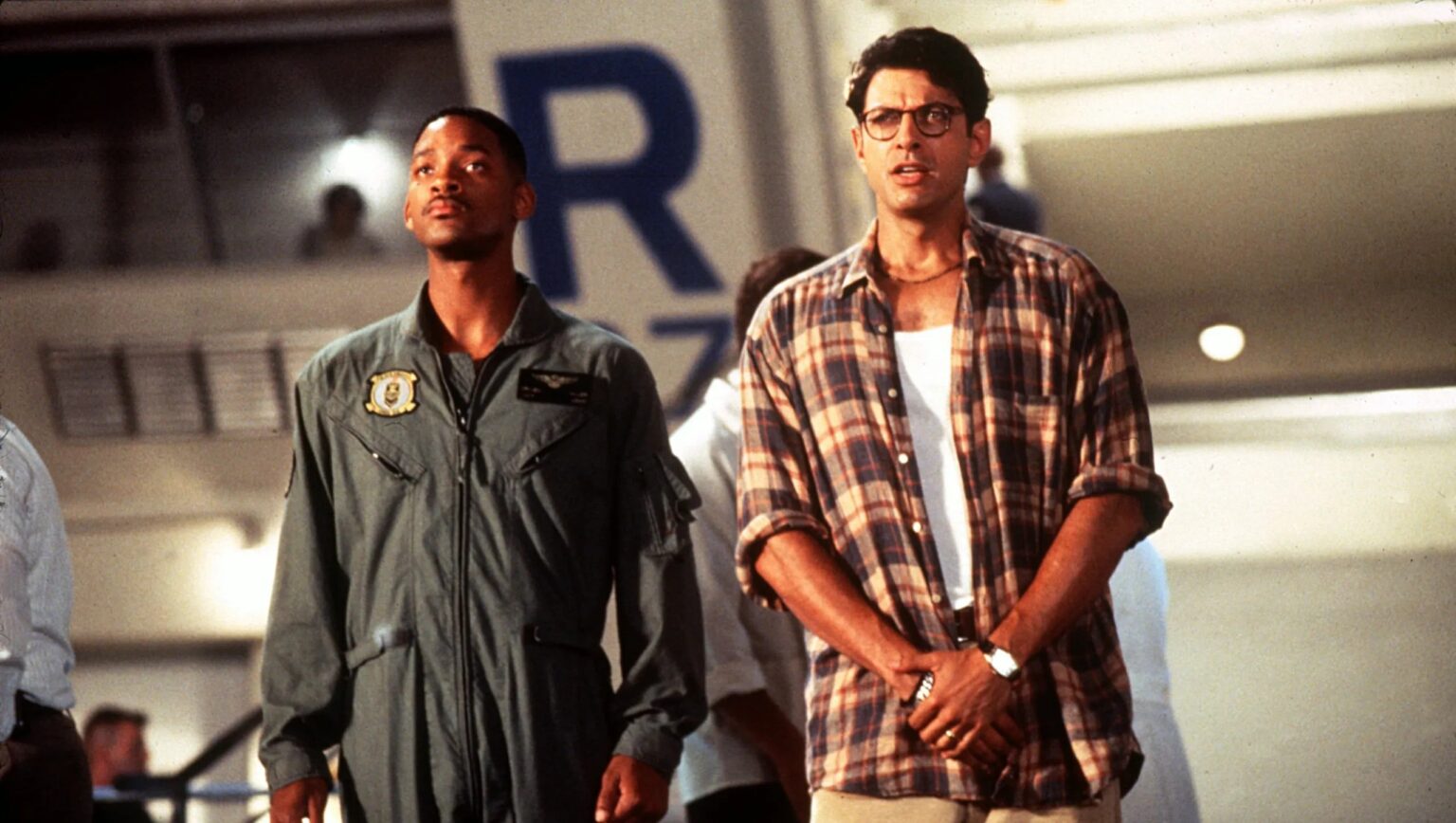
In general, the system where the protection field of absolutely all ships can be disrupted by a computer virus looks strange. Why should its operation depend on command signals at all? And if the Earthlings figured out the structure of enemy ships so well that the virus targeted specific alien ship systems, why didn’t the heroes create a program that caused the aliens’ power sources to simply explode? Then things would be much simpler.
By the way, if the “space locust” defense fields have enough energy to withstand a nuclear explosion, it just doesn’t make sense for the big ships to waste on their plasma weapons. They could have just landed on the city with the screens on and the effect would have been the same.
Best-case scenario for an invasion
Overall, in the movie, the aliens implement one of the most ineffective strategies for destroying humanity in their situation. It could only be worse if they decided to abandon their ships and exterminate humanity hand-to-hand, as they do in so many other movies.
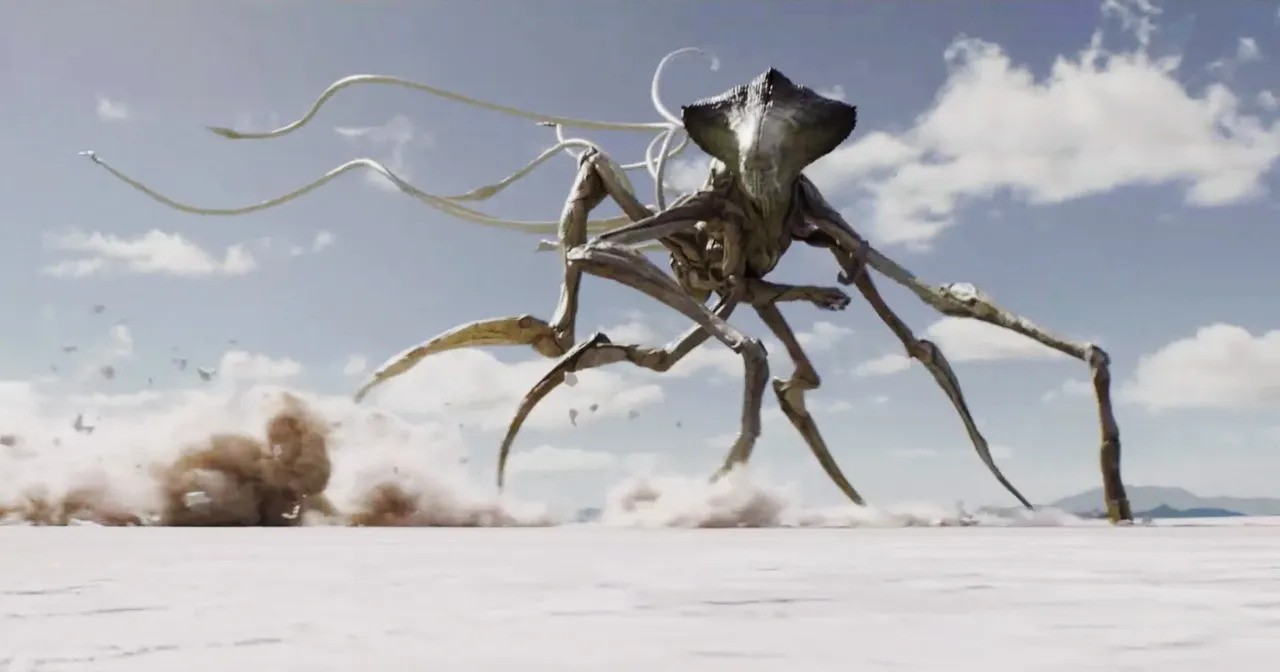
If humanity was actually dealing with an enemy that planned our complete neutralization and was smart enough to study our biology and technology for several decades, there is a much more efficient way to destroy humanity as a civilization.
For this purpose it is enough to create several dozens of viruses deadly for mankind, after which to provoke World War III by interference in computer networks. It would take humanity to the extinction and rob us of our ability to resist in an organized manner even more reliably than plasma weapons.
Of course, all of the above only applies if the aliens are determined to destroy humanity, not conquer it. An entirely different logic is involved there, which is also incompatible with what the space locusts do in Independence Day.
In reality, if we are unlucky enough to find an alien civilization nearby that can execute plans to enslave or destroy us for decades, we won’t have a scenario as favorable as the one in Independence Day. Most likely we will realize that there is an external enemy after it becomes too late to build a defense strategy for the planet. We can only hope that this never happens.


